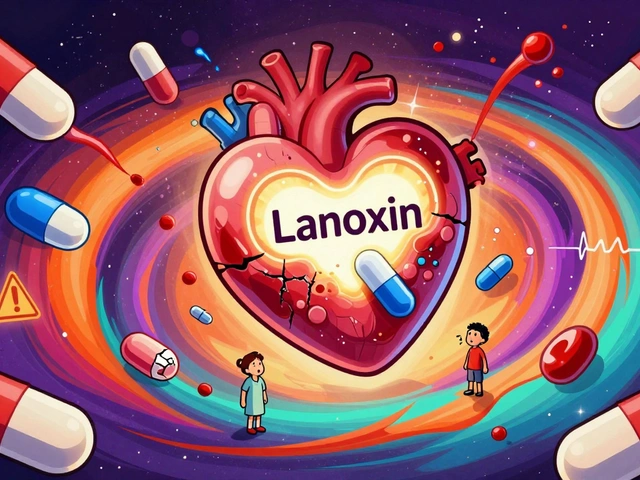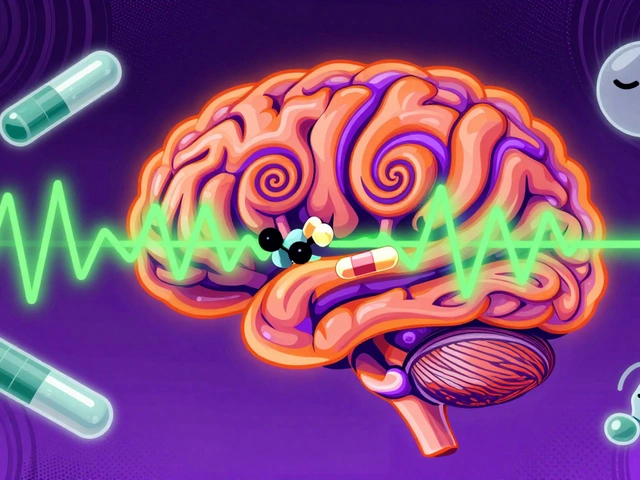Amlodipine: What It Is, How It Works, and What You Need to Know
When your doctor prescribes amlodipine, a long-acting calcium channel blocker used to treat high blood pressure and chest pain. Also known as Norvasc, it works by relaxing the muscles in your blood vessel walls so your heart doesn’t have to pump as hard. Unlike some blood pressure pills that need to be taken multiple times a day, amlodipine stays active for 24 hours—making it one of the most convenient options for people managing hypertension long-term.
Amlodipine doesn’t just lower blood pressure; it also helps with angina, chest pain caused by reduced blood flow to the heart. It’s often paired with other meds like statins or diuretics, especially when someone has both high cholesterol and high blood pressure. You’ll see it mentioned alongside diuretics, drugs that help the body get rid of extra fluid in posts about fluid retention in kidney disease, because together they tackle different parts of the problem. And while it’s not a first-line choice for everyone, it’s one of the most prescribed calcium channel blockers in the U.S. and Europe—not because it’s the cheapest, but because it’s reliable.
But it’s not without trade-offs. Swelling in the ankles is common—some people call it "puffy legs"—and it can happen even at low doses. Dizziness, flushing, or tiredness might show up early on, but most people adjust within a few weeks. What’s less talked about? How it interacts with grapefruit juice (which can spike its levels in your blood) or how it affects people with liver issues. And while it doesn’t usually cause low blood sugar like some diabetes drugs do, it can make you feel lightheaded if you’re already on other heart meds. That’s why knowing what else you’re taking matters.
You’ll find posts here that dig into how amlodipine compares to other blood pressure drugs like clonidine or losartan, what real users report about side effects, and how it fits into broader treatment plans for heart disease, kidney problems, or even migraines. Some people take it for years without issue. Others switch after a few months because of swelling or fatigue. There’s no one-size-fits-all answer—what works for your neighbor might not work for you. That’s why understanding how amlodipine fits into your body’s unique system is key.
Below, you’ll find real-world guides from people who’ve lived with high blood pressure, experienced side effects, or combined amlodipine with other treatments. Whether you’re just starting out or have been on it for years, these posts give you the practical details you won’t get from a pamphlet—what to watch for, when to call your doctor, and how to make sure this pill is still working for you, not against you.
Amlodipine and Tinnitus: Does This Blood Pressure Drug Cause Ringing in the Ears?
Amlodipine can rarely cause tinnitus - ringing in the ears. Learn how to tell if your medication is the culprit, what to do next, and safer alternatives for managing high blood pressure without worsening ear symptoms.





